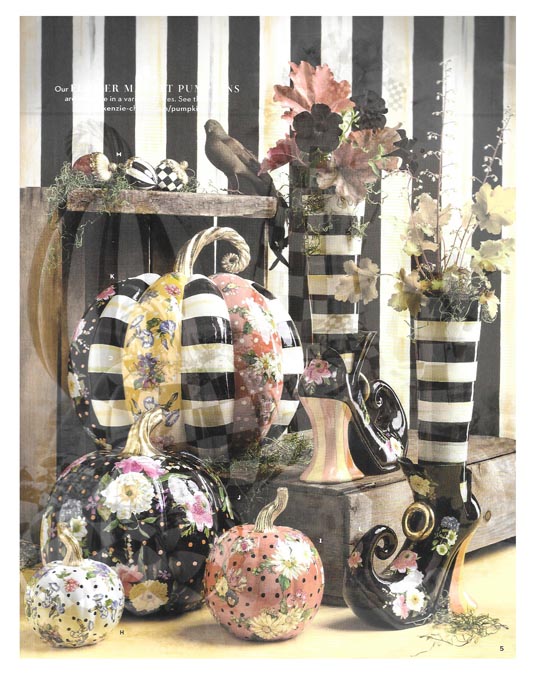
Halloween tradition began with the ancient Celtic festival of Samhain, when people would light bonfires and wear costumes to ward off ghosts. The costumes included saints, angels, and devils. The Celts believed that the ghosts of the dead returned to earth on this day.
The Celts, who lived 2,000 years ago, marked the end of Summer this way and the word itself comes from the Old Irish for Summer’s end. They also celebrated the harvest. It was the beginning of their dark cold Winter.
Although the phrase “All Hallows” is found in Old English “All Hallows’ Eve” is itself not seen until 1556. The word Halloween dates to 1745.
In the eighth century, Pope Gregory III designated November 1 as the time to honor all saints. In 43 A.D. the Roman Empire had conquered the majority of Celtic territory. In the course of the 400 years that they ruled the Celtic lands, two festivals of Roman origin were combined with the traditional Celtic celebration of Samhain.
In 609 A.D. Pope Boniface IV dedicated the Pantheon in Rome in honor of all Christian martyrs. The Pope later expanded the festival to include all saints as well as all martyrs and held the observance on November 1.
At least from the 16th Century the festival included mumming and guising in Ireland, Scotland and Wales. Celebrants went house-to-house in costume as they recited verses or songs in exchange for food. Impersonating the souls of the dead and receiving offerings on their behalf was believed to protect oneself from them.
In 19th Century Ireland candles would be lighted and prayers formally offered for the souls of the dead. Eating, drinking, and games would begin. Throughout Ireland and Britain, the household festivities included rituals and games intended to foretell one’s future, especially regarding death and marriage.
Apples and nuts were often used in these divination rituals. This included apple-bobbing, nut roasting, mirror-gazing, dream-interpretation and others. Special bonfires were lighted and there were rituals involving them. The flames and ashes were thought to have protective and cleansing powers.
The celebration of Halloween was extremely limited in colonial New England because of the rigid Protestant belief systems there. Halloween was more common in Maryland and the southern colonies.
The first celebrations included “play parties” which were public events held to celebrate the harvest. Neighbors would share stories of the dead, tell each other’s fortunes and dance and sing.

Over time Halloween evolved into a day of activities such as trick-or-treating, carving jack-o-lanterns, festive gatherings, donning costumes and eating treats. One-fourth of all the candy sold annually in the USA is purchased for Halloween.
So, have you decorated your home for this seasonal event? Have you put gossamer ghosts in the front yard trees? Purchased giant pumpkins or grown your own to carve into scary faces? Have you made popcorn balls to give to neighborhood children? This year will be different from last, but the children still can have a merry old time.
Just think, only eight weeks to Christmas Eve.

